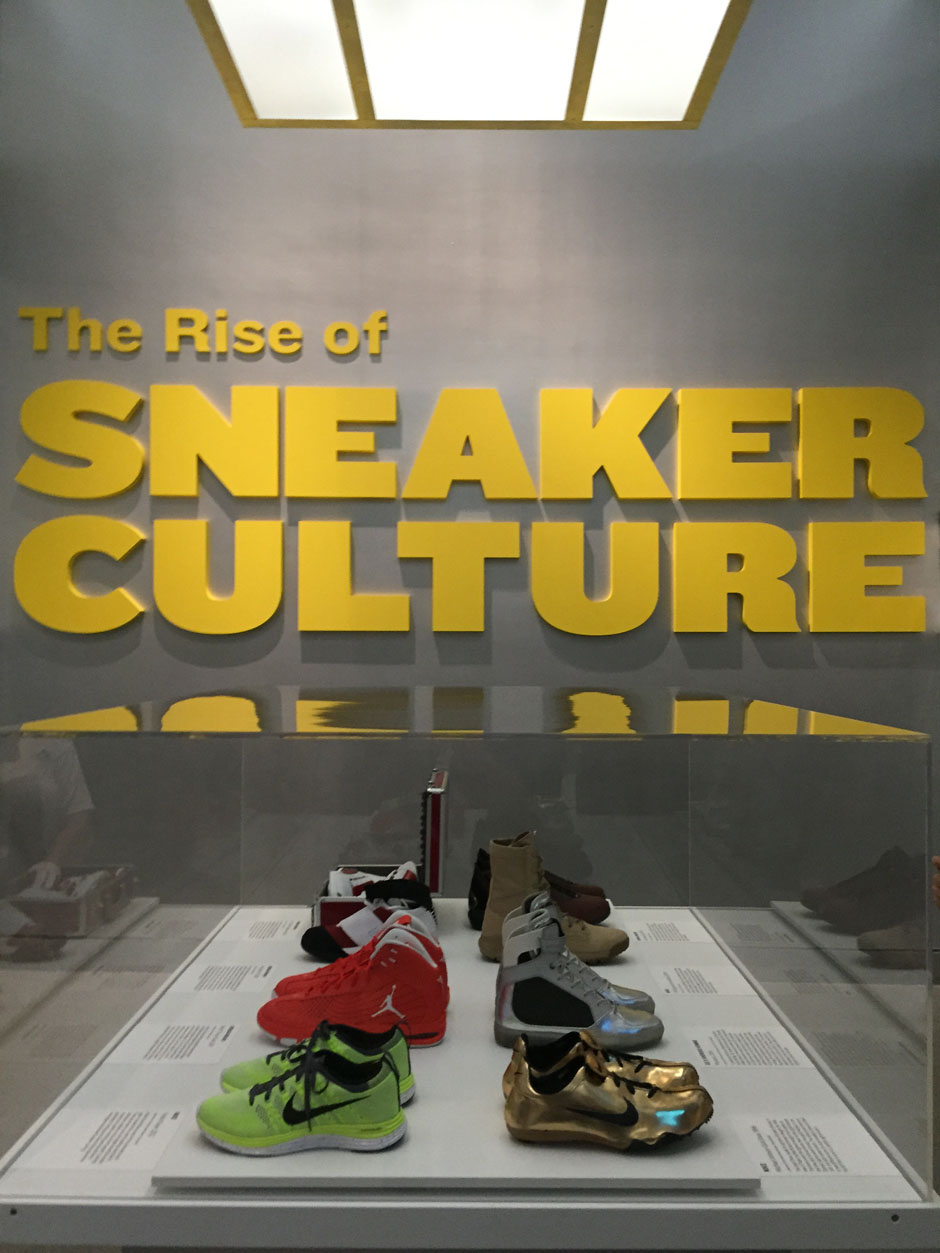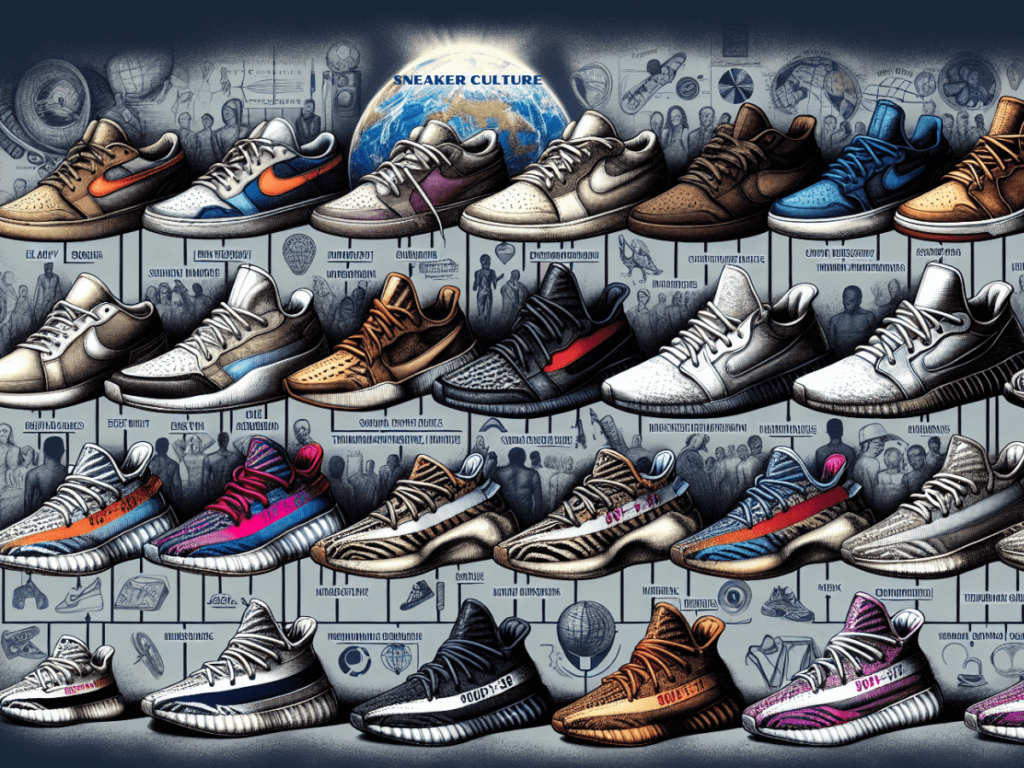 BONDET.CO –
BONDET.CO –
Beyond the Sole: Sneaker Culture and the Art of the Flex
Sneakers were once confined to the gym, the track, or the court. Functional footwear designed for performance. Today, they are cultural artifacts, canvases for artistic expression, investments, and powerful symbols of status and identity. Welcome to the vibrant, complex world of sneaker culture, where the shoes on your feet tell a story, and the way you wear them is an art form known as "the flex."
At its core, sneaker culture is a global community united by a shared passion for athletic footwear. It’s a realm where design meets history, where limited releases spark frenzies, and where iconic silhouettes are revered like relics. From the basketball courts that birthed legends like the Air Jordan 1 to the skate parks that cemented the Dunk’s status, and the hip-hop scene that embraced sneakers as a form of self-expression, the culture has evolved into a multifaceted phenomenon.
But beyond the collecting, the trading, and the fervent discussions about colourways and collaborations, lies the performative aspect: the flex. The word "flex" itself, in this context, means to show off or display something impressive. In sneaker culture, it’s not merely about exhibiting wealth or owning expensive items (though that is often a component). The true art of the flex is a nuanced performance of knowledge, access, authenticity, and belonging.
Consider the iconic "grail" – that one elusive pair a collector dreams of owning. Possessing a grail is a flex in itself, a testament to dedication, patience, and often, the willingness to pay a hefty premium on the resale market. But simply having the shoe isn’t the full flex. The art comes in how you present it.
A true sneakerhead understands that the flex isn’t just about rocking the most expensive shoe. It’s about the story behind it. It’s knowing the release date, the designer, the inspiration, the limited number produced, and perhaps even the journey you took to acquire them. Wearing a pair of original 1985 Air Jordans, even if slightly aged, is a far greater flex than wearing a brand new release everyone else has, because it demonstrates historical knowledge, longevity of passion, and access to genuine vintage pieces.
The "art" also lies in the context. Wearing a pair of pristine, highly coveted sneakers to a casual meet-up with fellow enthusiasts is a subtle flex – a silent nod of mutual appreciation within the initiated. Pairing a vintage runner with a perfectly curated outfit shows an understanding of fashion history and personal style, elevating the shoes from mere objects to integral parts of an aesthetic statement. Even the condition of the shoe can be a flex; sometimes, rocking a beat-up pair of beloved kicks that have seen countless adventures is a flex of authenticity and wearability, countering the notion that rare shoes must remain untouched museum pieces.
Hype and scarcity are powerful fuels for the flexing fire. Limited edition drops, often announced mere days or hours in advance, create a frenzy of anticipation. Successfully "copping" (buying) a highly sought-after pair on release day, whether online or by camping outside a store, is a significant flex of perseverance, luck, and speed. The immediate desire to showcase this achievement on social media platforms – the unboxing videos, the on-feet photos, the artful flat lays – is a direct manifestation of the flex impulse. These digital displays are not just personal victories; they are performances for the community, seeking validation and admiration from those who understand the difficulty of the "cop."
The resale market, a multi-billion dollar industry, thrives on this desire to flex. Paying significantly above retail price for a shoe isn’t just a purchase; it’s an investment in status and a clear signal of one’s dedication (and financial capability) to the culture. Owning a shoe that resells for thousands isn’t just about the price tag; it’s about owning something few others possess, a tangible representation of exclusivity.
However, the art of the flex isn’t always loud. Sometimes, the most powerful flex is a quiet confidence in wearing a shoe you love, regardless of its hype level or resale value. It’s the subtle detail, the clean laces on a classic silhouette, the knowing glance exchanged between two strangers who recognize each other’s footwear choices. This understated flex is perhaps the highest form of the art – demonstrating genuine passion and personal style over mere adherence to trends or chasing clout.
While the flex can be a source of connection and shared passion within the community, it also has its potential downsides. The pressure to constantly acquire the latest hype releases can be financially draining and contribute to a culture of materialism. The emphasis on exclusivity can sometimes lead to gatekeeping and judgment towards those who don’t own the "right" pairs.
Ultimately, sneaker culture and the art of the flex are deeply intertwined. The desire to display one’s passion, knowledge, and access is a driving force within the community. The "flex" is more than just showing off; it’s a complex performance of identity, a form of communication, and a way to navigate the intricate social landscape of a global subculture. Whether it’s a loud statement or a subtle whisper, the shoes on your feet are telling a story, and mastering the art of the flex is knowing exactly how you want that story to be heard.
 Beyond the Sole: Sneaker Culture and the Art of the Flex
Beyond the Sole: Sneaker Culture and the Art of the Flex
” title=”
Beyond the Sole: Sneaker Culture and the Art of the Flex
“>
